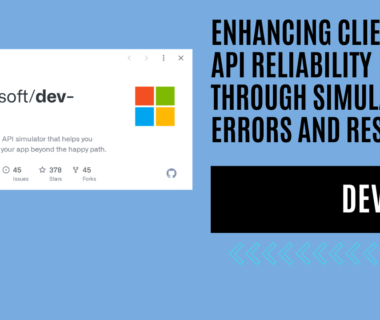How to Integrate Entity Framework Core with .NET Console Application Using C# and VSCode
Introduction to Entity Framework Core In the previous articles, I discussed how to integrate SQLite with a .NET console application using C# and VSCode, and how to use Dapper for data access. You can find those articles at these links: SQLite with .NET Console Application and Using Dapper in .NET Applications. Now, I’ll show you […]









